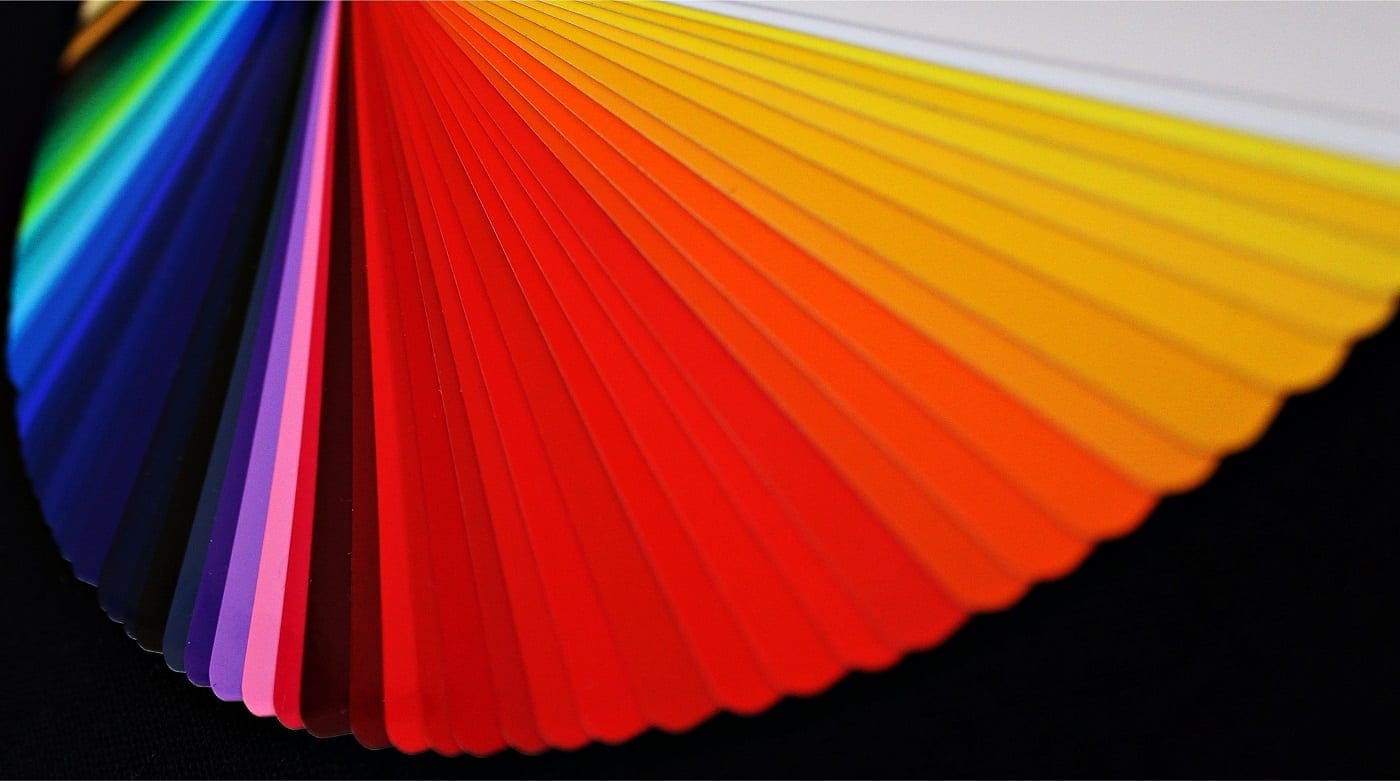
The great thing is it doesn’t document your problems - it offers practical solutions to your issues, and teaches you along the way. YSlow is a great tool for pinpointing slow points and bottlenecks. As a designer, you really have to own it! A slow site is simply a bad UX, and UX is a fundamental design issue.

It’s a word that many designers might think doesn’t really apply to them - it’s a thing for the techie guys to handle, right? This is great for rationalizing and simplifying your site’s color palette when it starts to ‘creep’. This will generate a palette of color chips, as seen in the image (below). To analyze the colors used on a page (excluding colors in images, Flash, etc.), you open the page and run the Web Page DOM Color Analyzer. One more advanced tool is the ‘Web Page DOM Color Analyzer’. With them you can pick colors from a page, save them to a palette, and access them later. The eyedropper and color picker tools are similar to those you might find in any decent desktop graphics programs.

#Color picker firefox generator#
I’m not sure if ColorZilla is officially the third most popular Firefox extension for designers (it seems likely with over 300,000 users), but it’s certainly one of the most useful colors tools for front-end people.Īfter installation it’s available from the context menu, or from the toolbar, as shown in the screenshot below:ĬolorZilla has many color-related options, such as an Advanced Eyedropper, Color Picker, Zoom, Palette Browser, Web page DOM Color Analyzer, Gradient Generator and some more.


 0 kommentar(er)
0 kommentar(er)
